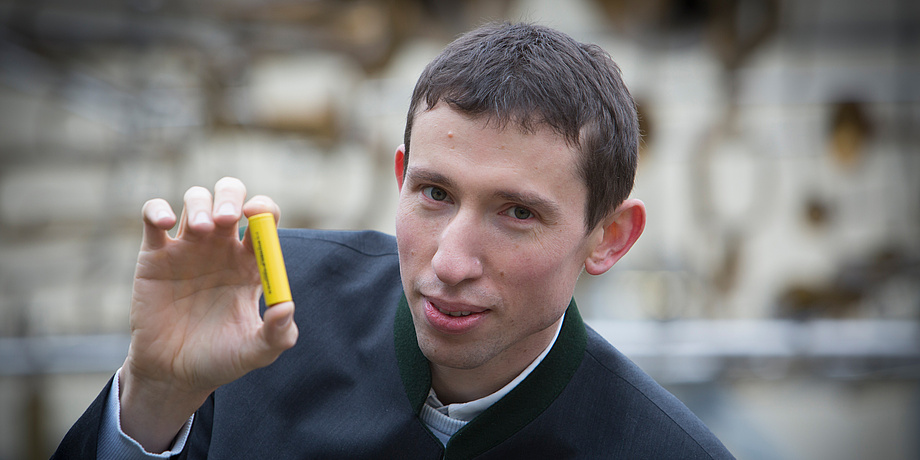A group of researchers under the lead of Olivier Fontaine from the Université de Montpellier in collaboration with a researcher from Bordeaux und Stefan Freunberger from TU Graz had a sudden flash of insight. Why not exploit the benefits of batteries and super capacitors simultaneously and combine them in some kind of energy hybrid, they asked themselves. In the current issue of renowned scientific journal Nature Materials the group introduces its approach, describing a liquid energy storage material for the first time in a European Research Council (ERC) sponsored study. While the energy density of this material is comparable to that of a battery, its power output equals that of a super capacitor.
Researchers from the universities of Montpellier, Bordeaux and TU Graz demonstrate in Nature Materials that it is possible to combine the high-energy density of batteries with the high-power output of super capacitors in a single system – thanks to liquid energy storage materials.
A group of researchers under the lead of Olivier Fontaine from the Université de Montpellier in collaboration with a researcher from Bordeaux und Stefan Freunberger from TU Graz had a sudden flash of insight. Why not exploit the benefits of batteries and super capacitors simultaneously and combine them in some kind of energy hybrid, they asked themselves. In the current issue of renowned scientific journal Nature Materials the group introduces its approach, describing a liquid energy storage material for the first time in a European Research Council (ERC) sponsored study. While the energy density of this material is comparable to that of a battery, its power output equals that of a super capacitor.
Information
„Biredox ionic liquids with solid-like redox density in the liquid state for high-energy supercapacitors”
to the original paper on nature.com
Stefan Freunberger was awarded an ERC Starting Grant in 2014, as documented in the TU Graz press release (available only in german)
Contact
Dipl.-Ing. Dr.sc.ETH
Institute for Chemistry and Technology of Materials
Stremayrgasse 9, 8010 Graz
Phone: +43 316 873 32284
Email: freunberger@tugraz.at

